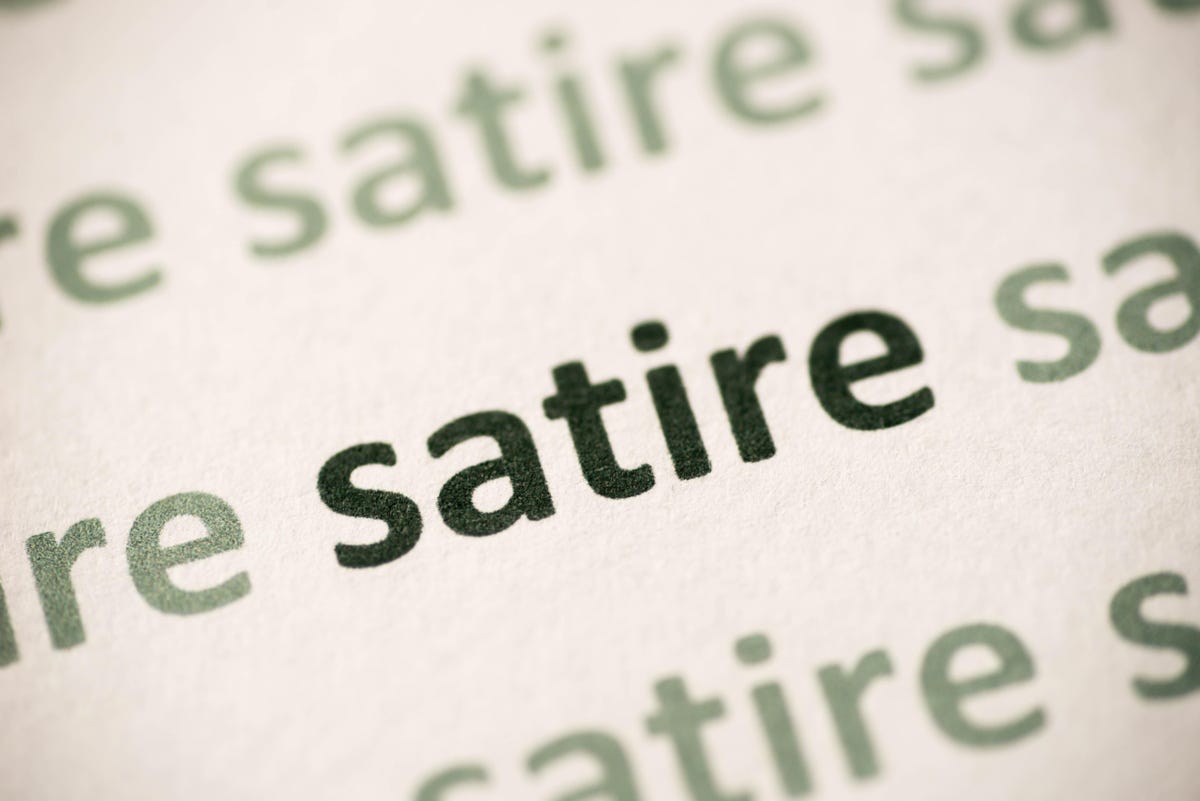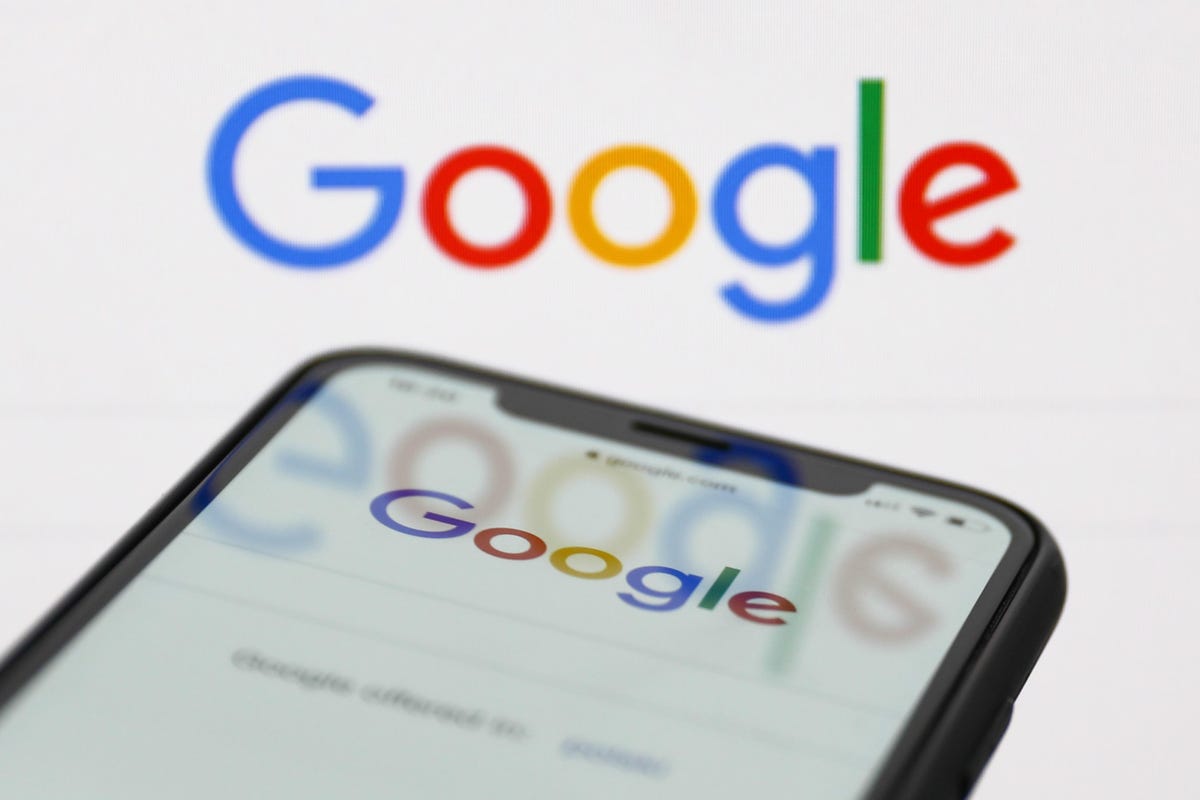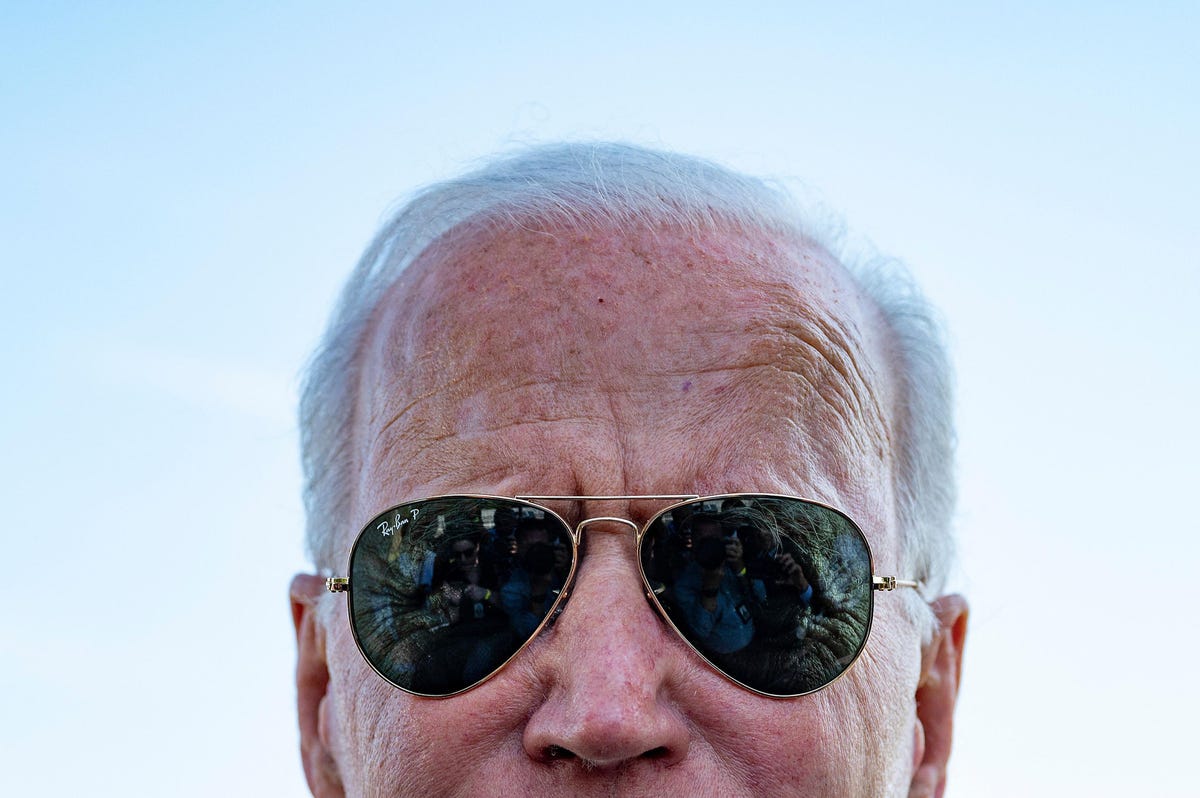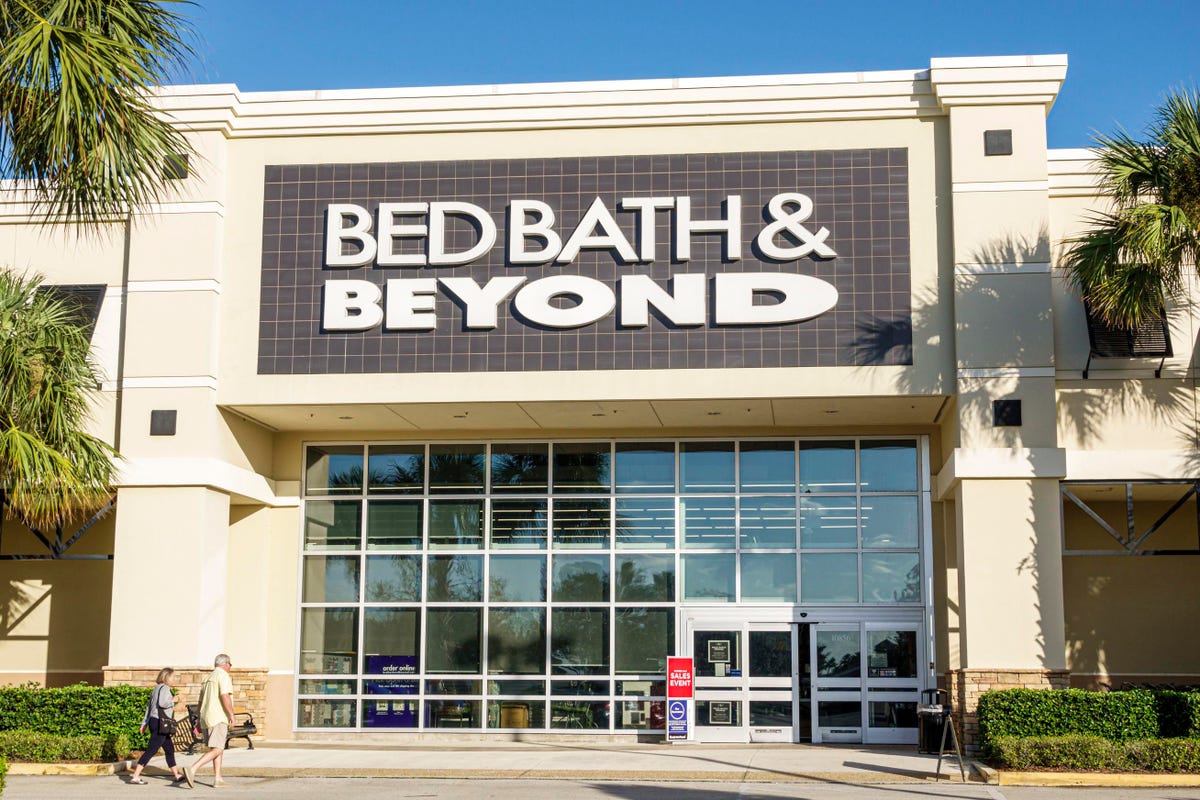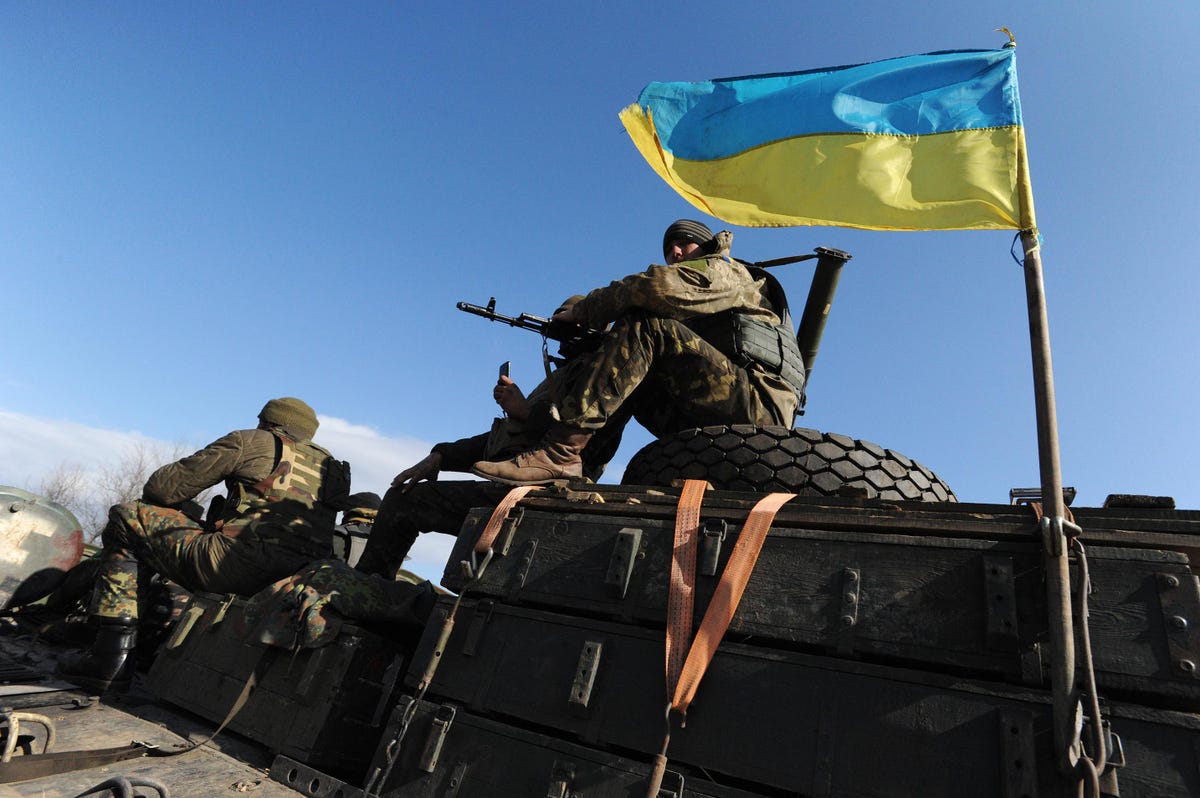Twitter of the Ministry of Defence of Ukraine is displayed on a cell phone display screen photographed for … [+] the illustration picture taken in Krakow, Poland on February 15, 2022. The Ukrainian authorities has accused Russia of being behind Friday’s cyber-attack on dozens of official web sites. (Photograph by Beata Zawrzel/NurPhoto through Getty Photos)
A aspect notice of Russia’s unprovoked invasion of Ukraine might be that it’s now the “first social media warfare,” as people on the bottom within the besieged nation are capable of share real-time reviews from the frontlines. That skill to publish updates, share movies may assist be sure that the primary casualty of this warfare is not the reality.
Media And Conflict Protection
The Spanish-American Conflict has lengthy been known as the primary “media warfare” as its army motion was precipitated by media involvement. Many newspapers even ran articles that have been sensationalist in nature, whereas correspondents have been despatched to Cuba to witness the warfare firsthand.
Some 60 years later, the battle in Vietnam earned the status of being the “first tv warfare,” because it turned the topic of large-scale information protection after a considerable variety of U.S. fight troops had been dedicated to the warfare within the spring of 1965. By 1968, on the top of the warfare, there have been as many as 600 accredited journalists masking the warfare for U.S. wire providers, radio and tv networks. The Joint U.S. Public Affairs Workplace launched every day briefings, which quickly turned often known as “the 5 o’clock follies” whereas the warfare was usually introduced into American houses through the night information.
In February 1968, Walter Cronkite – the anchor of CBS Night Information on the time and often known as “Probably the most trusted man in America” – made the daring assertion that the battle was “mired in stalemate.” That reporting even led then-President Lyndon B. Johnson to state, “If I’ve misplaced Cronkite, I’ve misplaced Center America.”
The 1991 Invasion of Iraq – also called the Gulf Conflict – actually made CNN a worldwide model, and highlighted the ability of cable information in such instances.
First Web Conflict?
A debate additionally stays to what might be described because the “first Web warfare.” In response to Wired journal, the excellence may go to the Yugoslavian Civil Wars of the Nineteen Nineties because it coincided with the mass adoption of the Web and the start of on-line information retailers.
Nonetheless, it was actually the twenty first century’s international warfare on terror (GWOT) following the occasions of 9/11 that actually confirmed the potential to cowl warfare in actual time.
Conflict Within the Social Media Period
The facility that social media has is barely now being absolutely explored, however as famous it may change protection as Ukrainians can stream scenes from the battlefield in real-time, and anybody with a smartphone can fill the position of “warfare correspondent” like Winston Churchill, Edward R. Murrow, Ernie Pyle, Walter Cronkite and Christiane Amanpour.
“Social media represents a transformational factor of armed battle, not like something we now have ever seen,” instructed William V. Pelfrey, Jr., Ph.D., professor within the Wilder Faculty of Authorities and Public Affairs at Virginia Commonwealth University.
“Traditionally, media depictions of warfare have been both supplied by the army – and due to this fact not prone to be consultant – or derived from sketchy, smuggled supplies,” Pelfrey defined in an e-mail. “The true time nature of top of the range video supplied from any cellphone, wherever, anytime, broadcast on an always-on social media community with fast re-tweets or sharing, implies that folks wherever can just about expertise a number of the components of fight.”
Arab Spring To World Conflict III?
In some ways the occasions of Arab Spring may have been seen as a gown rehearsal for the way social media might be used to cowl such fast-paced occasions.
“As first witnessed with the Arab Spring, the ability of social media to impact social change, bolster help and condemnation for a trigger, and even presumably convey down governments is proving fairly formidable,” stated Kent Bausman, Ph.D., professor of sociology within the Online Sociology Program at Maryville University.
Nonetheless, the size and scope of social media has dramatically advanced because the Arab Spring of 2011, when social media supplied actual time reporting from the bottom.
“Fb has thrice the typical month-to-month consumer than ten years in the past, Instagram and Twitter are exponentially bigger,” added Pelfrey. “Which means the supplier base (those that can present content material) is way bigger and the viewers is way bigger. Society is acclimated to information content material from non-news sources. Whereas journalists used to supply all protection, now correspondents present substantial protection, notably in onerous to achieve places or locations of violence. The devastation, sufferer expertise, and pictures of stay fight will seemingly change our conceptualization of warfare. They are saying that historical past is written by the victors. The perpetrators of violence, on this case Russia, will be unable to rewrite historical past when it’s stay streamed.”
What can also be completely different now could be how social media is not being silenced by the Ukrainian authorities – as was the case throughout Arab Spring. In reality, efforts are made to maintain the platforms open.
“It’s comprehensible why nation-states would need to management social media throughout conflicts,” stated Bausman. “Up to now, nation-states have had the higher hand in controlling the narrative of conflicts. Social media modified all that. Â Moreover, within the case of warfare, social media use may even be construed as a type of guerrilla techniques. For instance, it was reported early on that Russia had hacked Ukraine’s Ministry of Info. This might have actually paralyzed the Ukrainian resistance efforts, however as a substitute, that is the place social media stuffed that needed communication void. President Zelenskyy was capable of take to social media, particularly Fb, and talk reassurance to the Ukrainian folks.”
Social media can also be producing a lot help and sympathy internationally.
“It’s debatable whether or not such help would exist in the true time we’re seeing now, if we have been solely counting on reviews from mainstream media sources,” instructed Bausman. “That is notably true within the U.S., as many information entities have utterly deserted the holding of stories divisions abroad. A lot of the U.S. reporting of this battle seems to be sourced via many social media accounts. Clearly, social media is proving to be a necessary mechanism in getting on-ground real-time reporting of a harmful occasion.”
There’s nonetheless the hazard too that misinformation may stay an issue.
“The accuracy of such reporting will proceed to be troublesome,” warned Bausman. “There already are quite a few social media postings claiming to doc what is occurring in Ukraine solely that have been to be confirmed unfaithful. The risks of misinformation may launch a powder keg of battle within the area, however its use for relating actual time info and galvanizing help may show to be Putin’s Achilles heel.”


